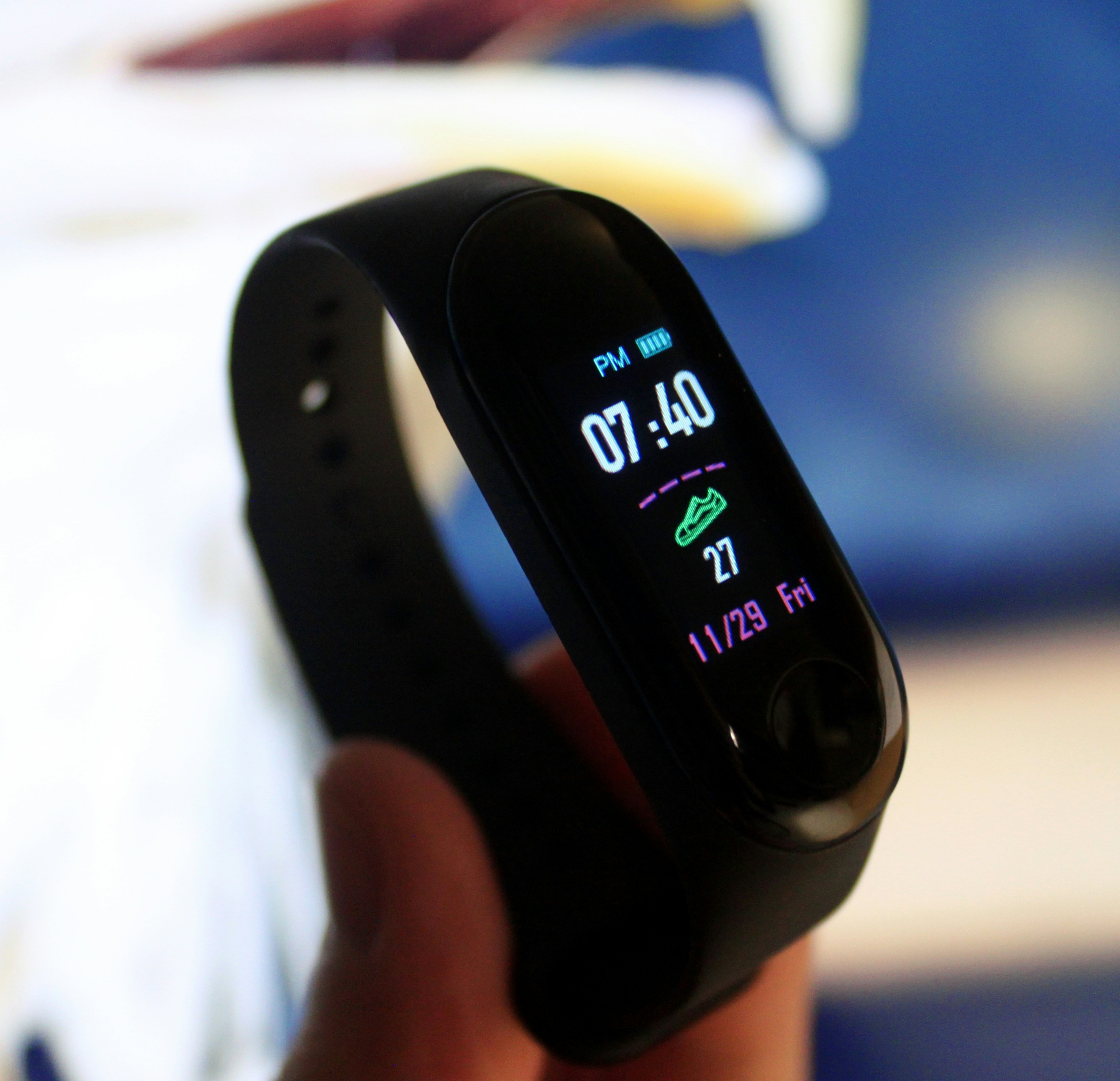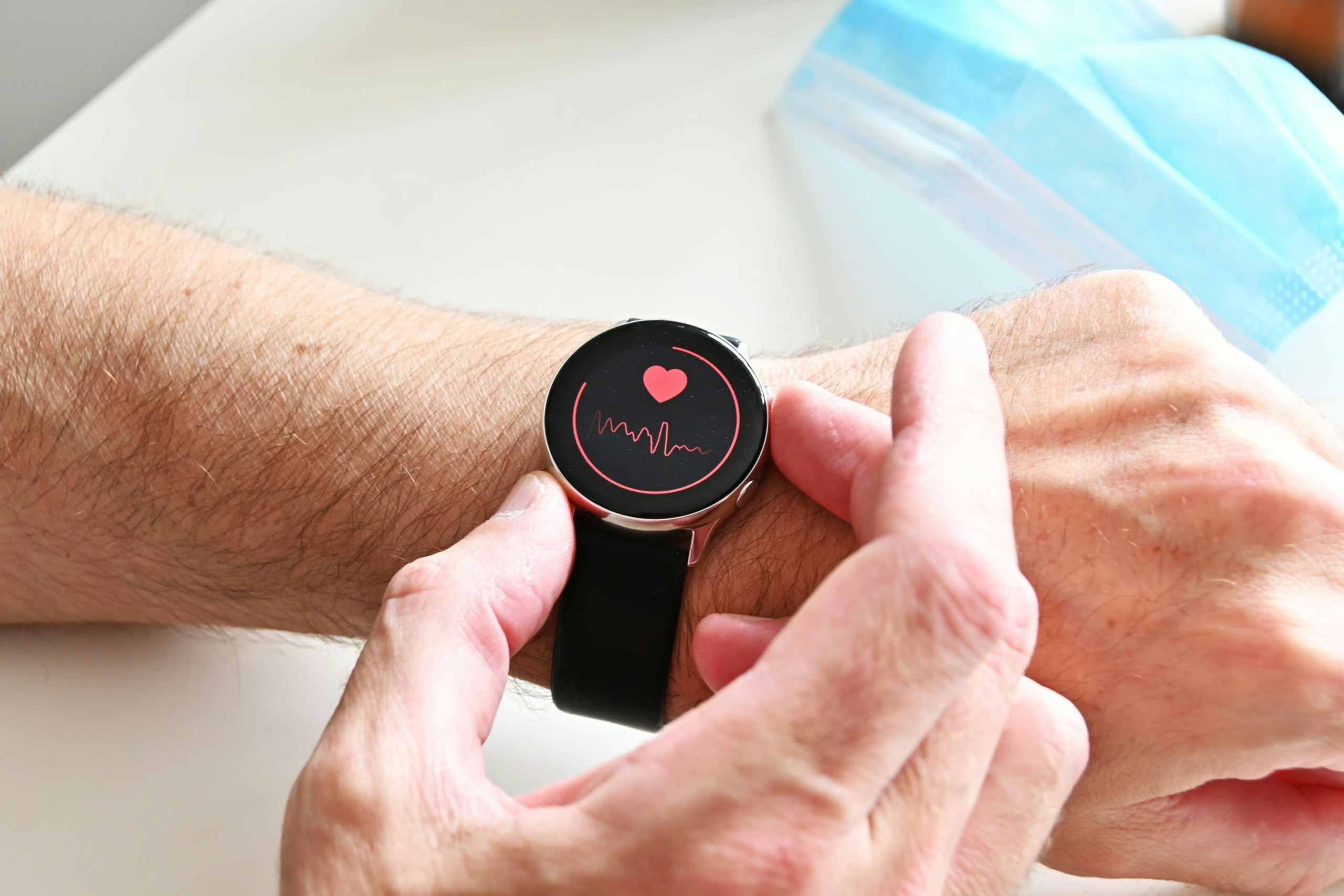As we move further into the era of digital health, wearable health tech is revolutionizing the way we track and take care of well-being in a flash. The days when medical checks had to wait a year are far behind us—now, health monitoring devices such as fitness trackers enable users to track vital signs in real-time. This advancement not only changing the game in individual wellness, but it also making healthcare environments smarter.
2025 is seeing the rise of wearable technology that tracks everything from blood oxygen and heart rate to stress markers and sleep patterns. This technology gives the user the power to take a proactive approach towards their health, providing information that was previously available only in the clinical environment.
Key Features of Wearable Health Tech in 2025
Today’s wearable health devices have come a long way from the step-counting devices of yesterday. They now offer:

- Real-time biometric monitoring: Ongoing data tracking of such metrics as heart rate variability, SpO2, body temperature, and ECG.
- AI-driven insights: Machine learning algorithms identify anomalies and recommend actions based on user history.
- Sleep quality analysis: Deep sleep vs. light sleep monitoring and personalized recommendations for improved sleep quality.
- Stress & mood detection: Sensors evaluate physical signs of stress and recommend calming exercises.
- Seamless connectivity: Easy integration with smartphones and health apps for streamlined health data management.
How Wearables Are Boosting Personal Wellbeing
The addition of digital health tools to everyday life is aiding individuals in making healthier lifestyle choices. Athletes or patients dealing with a chronic condition, wearable technology is designed to serve the following needs:
- Early medical intervention: Inexplicable alterations in heart rate or oxygen levels.
- Personalized fitness training: Insight-driven recommendations for exercise, drinking water, and recovery patterns.
- Chronic disease management: Diabetic patients, for example, can track glucose levels continuously and be alerted before hazardous drops or spikes.
- Mental well-being monitoring: Mood analysis software combined with mindfulness apps provide a complete picture of well-being.
The Role of Wearables in Preventive Healthcare
With worldwide emphasis on prevention over treatment, wearable technology is emerging as a central figure in predictive health. These devices don’t merely report information—they interpret it, assisting users and healthcare providers in identifying trends and averting serious problems before they arise.
Medical professionals are also embracing wearable integration to remotely track patients, enhance diagnosis accuracy, and simplify treatment protocols. All this blending of tech and healthcare produces a more integrated, patient-focused healthcare experience.
Future Forecast
As technology and AI keep improving, wearables will get more precise, less invasive, and even smarter. Wearables of the future might include:
- Non-invasive glucose monitoring
- Ongoing blood pressure monitoring
- Biometrics of mental health
- Diagnostic capabilities similar to medical standards
By 2025 and later, wearable medical technology will be the foundation of individual well-being as well as professional healthcare.
Saksham Kaushik is a talented writer and knowledge seeker who enjoys studying and sharing knowledge on everyday happenings, trends, and interesting facts. With keen observation skills and a curiosity-based approach, He analyzes heavy subjects into simple-to-read articles, keeping readers updated and interested. From international updates to technology breakthroughs, lifestyle suggestions, and food for thought, Saksham Kaushik provides new insights and useful information every day.




